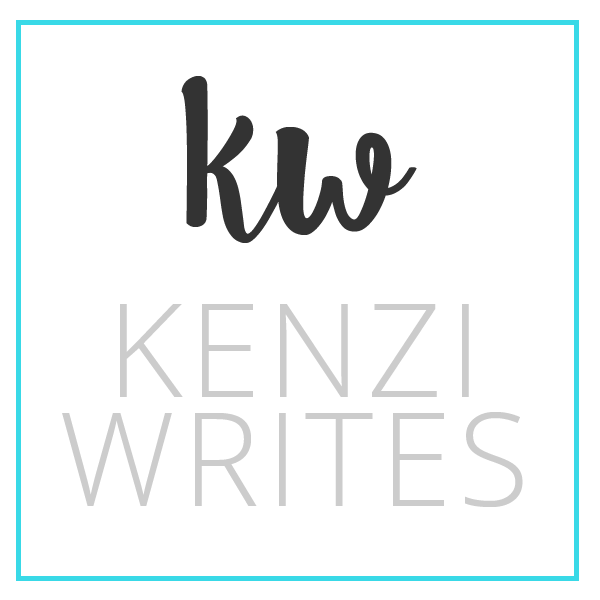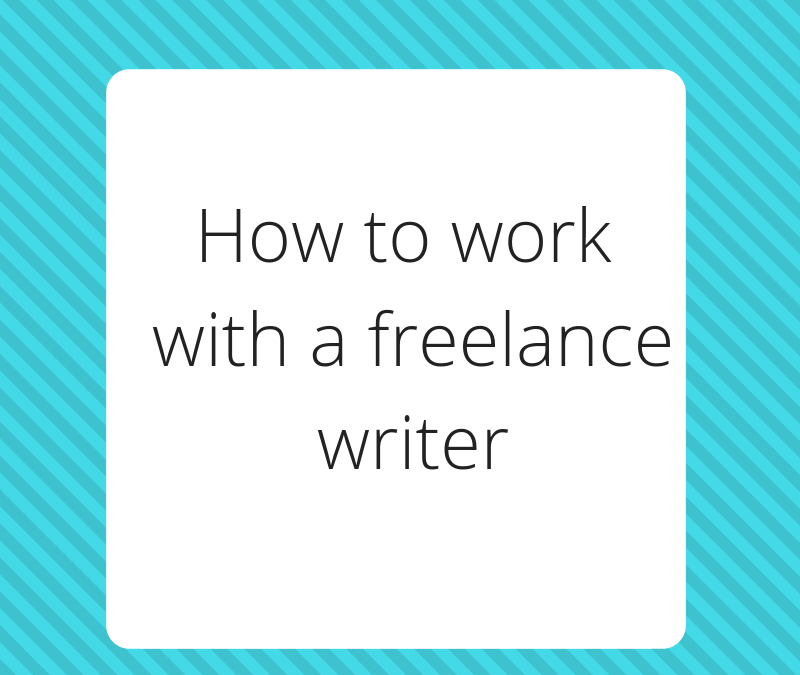I get the question quite often, and it’s a good one. Businesses are used to working with other businesses and their employees, but how do you work with a freelancer?
Fear not! Here’s your quick guide to working with a freelance writer.
Prospecting
Like any business relationship, you start in the prospecting phase. This is when you know you need a freelance writer and start shopping around. During this phase, I recommend finding at least three writers who specialize in your niche. Avoid generalists who say things like, “I’m a blogger!” or “I write about everything!” While I’m sure they’re great writers, you need to partner with someone who gets you. Stick with the specialists for better content.
Once you narrow it down to your three writers, set up a time to meet. In the freelance world you’ll usually deal with writers across the globe. In-person meetings are rare; stick with phone calls and video chat to meet with potential writers.
During the prospecting call, get the following details from the writers:
- Are you a specialist in my area?
- Have you done content like this in the past?
- Do you work full-time or part-time as a writer? (This important to gauge their response time and workload availability)
- Do you have content samples I can look at?
- Can I see testimonials from your previous clients?
- Tell me about your professional experience as a writer and in this industry.
- What is your process? (Every writer works differently!)
- Can you give me a rough estimate of pricing? (Keep in mind that most writers want to gather details during this call. They will usually follow up after a call with a written quote. They may not be able to give you a hard number immediately.)
These are just a few questions to start with. Add any that come to mind for your situation.
Hiring
Let’s say you’ve found the freelance writer you want to work with. Congratulations!
The first thing to do is to reply to any other writers you interviewed. Explain to them that you’re moving forward with another writer. I say this because it’s a courtesy to let a writer know if their services aren’t needed. Otherwise you might find them calling and emailing to follow up on their quote! Don’t be the dude who ghosts people. 🙂
Next, let your chosen writer know that you’d like to work together. It’s smart for both parties to lay out the details of the job and create a contract. In the contract, be sure to include termination agreements, the scope of work, important dates, copyright and ownership, pricing, and payment procedures. Failure to do so can result in misunderstandings and annoying back and forth down the line. Keep it simple with a contract. 🙂 Many freelance writers will have a contract ready for you to sign if you don’t have one already.
Working together
Here’s the fun part! Once you’ve hired your freelance writer and signed a contract, it’s time to work together. It can be hard to adjust to working with a freelancer, particularly if you have different work styles. Before you begin work, get on the same page concerning:
- How you’ll communicate. Do you need the writer for weekly meetings? Do you prefer to talk over email or Skype?
- Frequency of communication. How often do you need to hear back from the writer?
- How the writer will deliver content to you. Do you want content in Word or in Google Docs?
- The process for edits and critique. How many edits are included in the writer’s pricing? How will you supply edits?
If you really want this set in stone, you can include these items as stipulations in the contract. But I’ve found that it’s fine to hash this out during a quick kickoff meeting or email, depending on my clients’ communication preference.
After this, it’s a simple process of lather, rinse, repeat.
The bottom line
See? Working with a freelancer isn’t much different from partnering with another business. Every freelance writer has their quirks and different processes. Understand these before you begin your working relationship for smooth sailing and better content.

